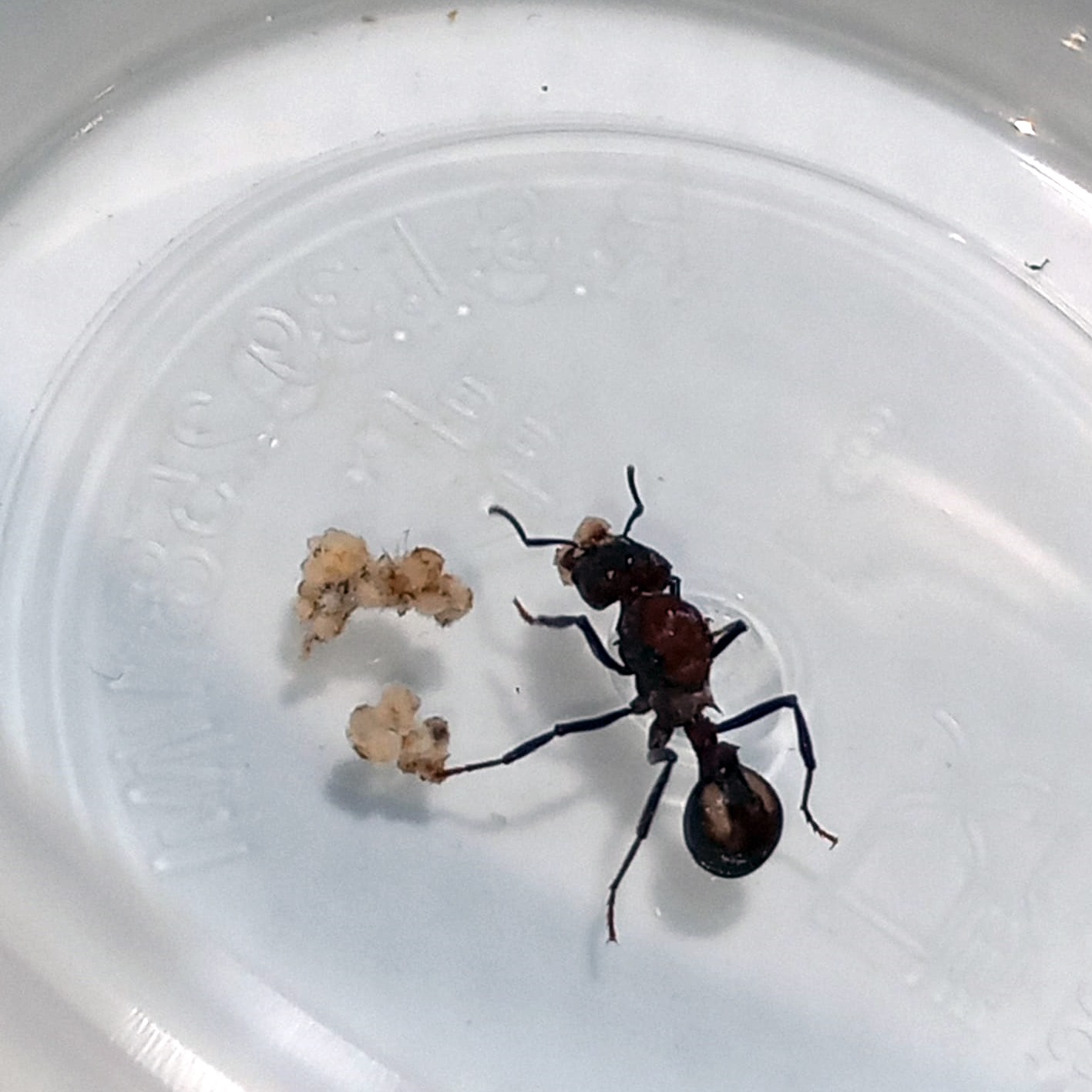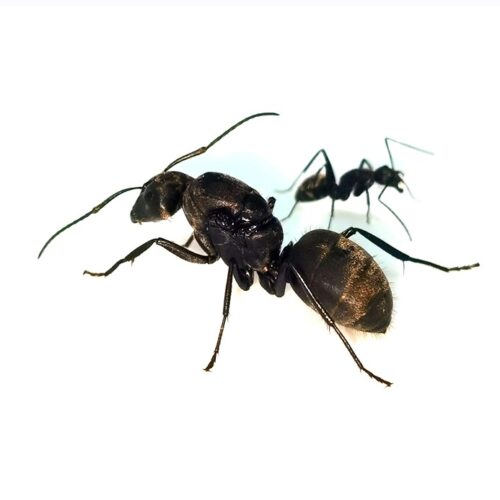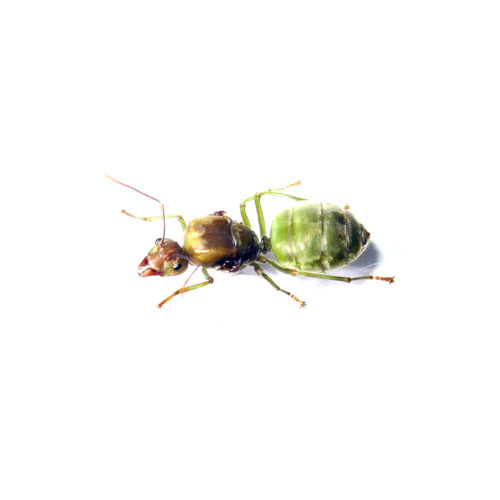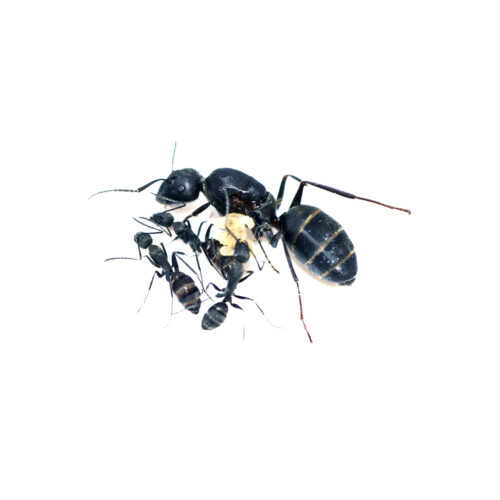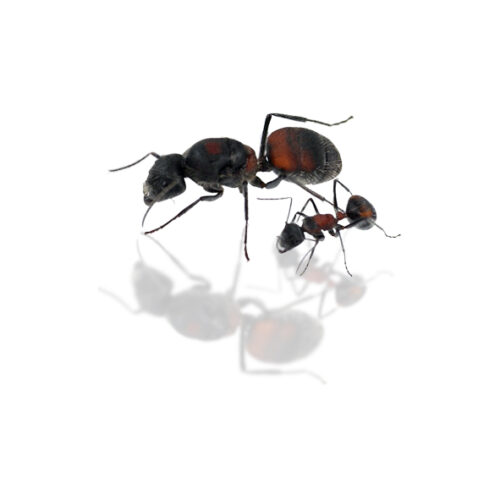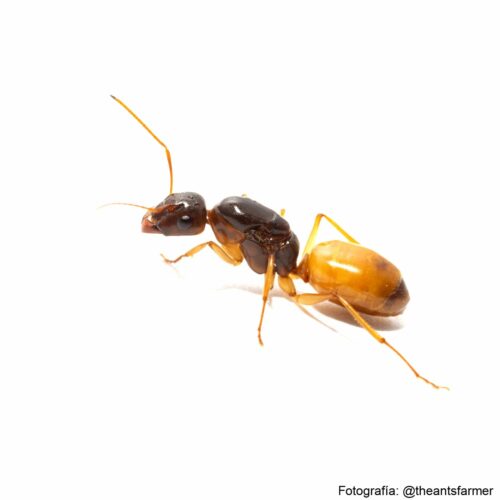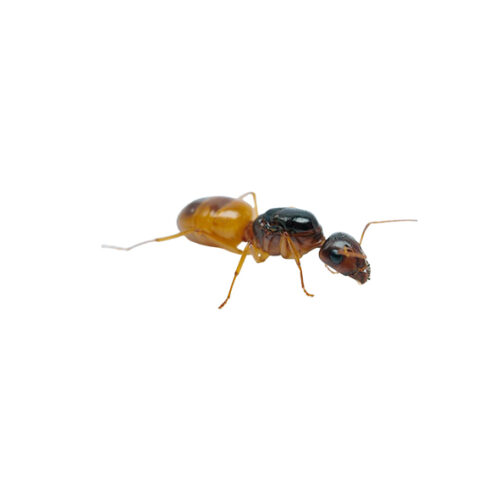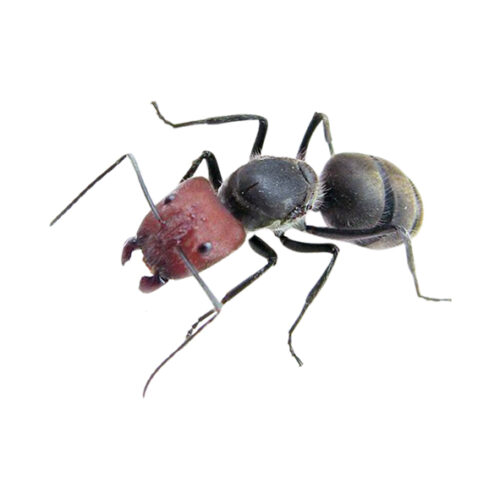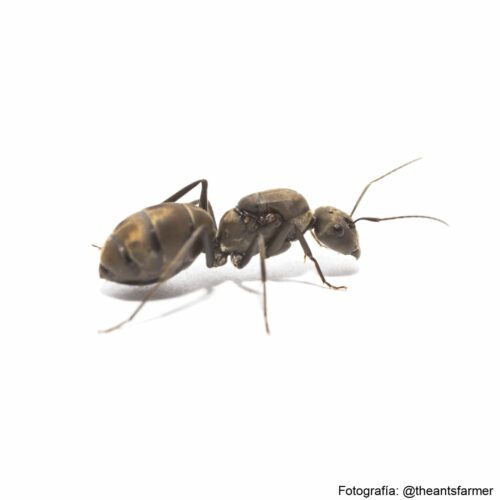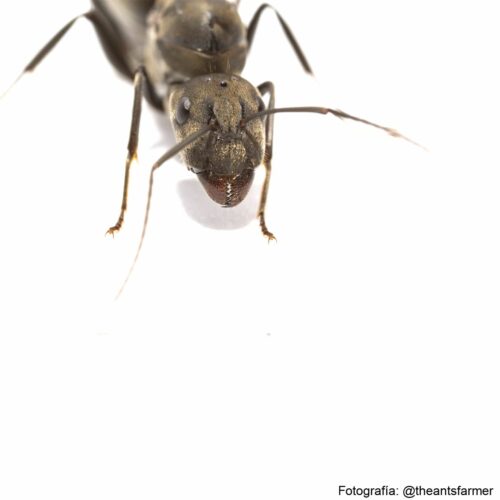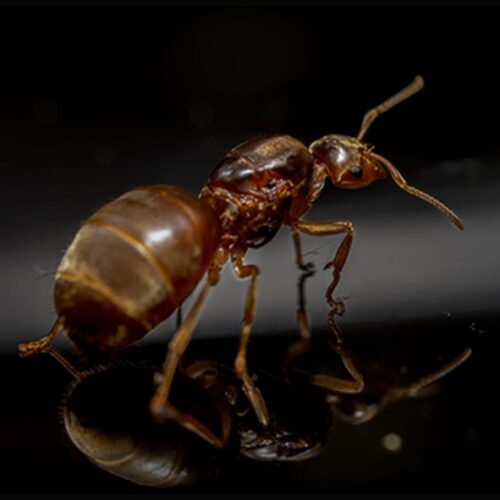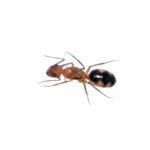
Camponotus coloratus
55,00€
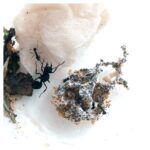
Acromyrmex lundii
65,00€ – 160,00€Price range: 65,00€ through 160,00€
Amoimyrmex Striatus
80,00€
Discover the marvels of nature at home with the queen ant Amoimyrmex striatus! Renowned in myrmecology, this species offers a captivating glimpse into its life. Watch as it meticulously tends to its fungus, creating a fascinating ecosystem that will captivate all. 🌿🐜
SKU:
N/A
Categories: Ants, Exotic ants
Description
Technical details of the ant Amoimyrmex striatus
Scientific Name: Amoimyrmex striatus
Common Name: Striated Ant
Description:
- Size: Workers range from 4 to 8 mm on average, while queens can reach up to 10 mm.
- Color: The body of Amoimyrmex striatus is predominantly black with yellow or brown stripes or markings on the abdomen.
- Morphology: They have relatively large heads compared to the rest of their body, well-developed mandibles, and a narrow, segmented abdomen.
Distribution and Habitat:
- Geographic Distribution: Amoimyrmex striatus is endemic to certain regions of South America, especially in areas of Argentina, Brazil, Paraguay, and Uruguay.
- Habitat: They prefer dry and open habitats such as grasslands, meadows, and savannas. They can also be found in areas disturbed by human activity.
Biology and Behavior:
- Diet: Amoimyrmex striatus is known as a leaf-cutter ant, primarily feeding on plant material that they cut and transport to their nests, where they use it to cultivate a symbiotic fungus that serves as their main food source.
- Social Organization: They live in highly organized colonies with a division of labor among the castes of workers, queens, and sometimes soldiers.
- Reproduction: The colony is headed by a queen responsible for reproduction, while workers handle tasks related to feeding, caring for the brood, and defending the nest.
- Defensive Behavior: When threatened, Amoimyrmex striatus ants can defend themselves by biting and releasing alarm pheromones to mobilize other workers in defense of the nest.
Ecological Importance:
- Amoimyrmex striatus plays an important role in ecosystems as decomposers, helping to break down organic matter and contributing to soil fertility.
Conservation Status:
- There is no specific information about the conservation status of Amoimyrmex striatus, but as part of natural ecosystems, their conservation contributes to the overall health of the habitats where they are found.
Additional information
| Options |
Queen + Fungus |
|---|
Related products
Camponotus pseudolendus
36,00€
Sold out
Select options
This product has multiple variants. The options may be chosen on the product page
Oecophylla smaragdina
60,00€ – 100,00€Price range: 60,00€ through 100,00€
Sold out
Select options
This product has multiple variants. The options may be chosen on the product page
Camponotus vagus
15,00€ – 20,00€Price range: 15,00€ through 20,00€
Sold out
Select options
This product has multiple variants. The options may be chosen on the product page
Camponotus Mutilarius (Xiangban)
25,00€ – 80,00€Price range: 25,00€ through 80,00€
Sold out
Select options
This product has multiple variants. The options may be chosen on the product page
Camponotus fedtschenkoi
16,00€ – 55,00€Price range: 16,00€ through 55,00€
Sold out
Camponotus fedtschenkoi Origin and distribution: Afghanistan, Armenia, China, Iran, Kazakhstan, Kyrgyzstan, Turkey, Turkmenistan. Humidity: 50 – 70% Temperature: 24 –
Select options
This product has multiple variants. The options may be chosen on the product page
Camponotus singularis
35,00€ – 95,00€Price range: 35,00€ through 95,00€
Sold out
Camponotus singularis Origin and distribution: Indonesia, Borneo, Malaysia, India, Laos, Myanmar, Nepal, Thailand, Vietnam and China Humidity: 50 – 70%
Select options
This product has multiple variants. The options may be chosen on the product page
Camponotus parius
18,00€ – 28,00€Price range: 18,00€ through 28,00€
Sold out
Select options
This product has multiple variants. The options may be chosen on the product page

